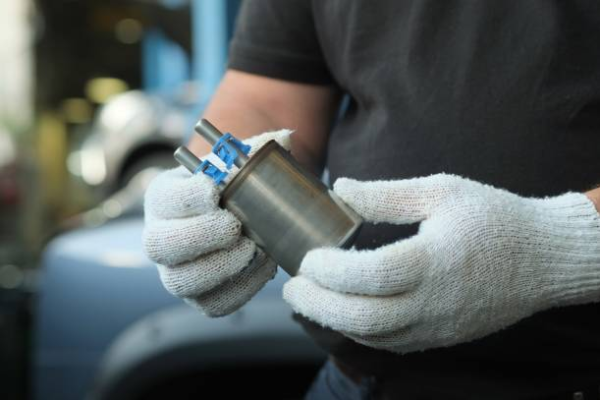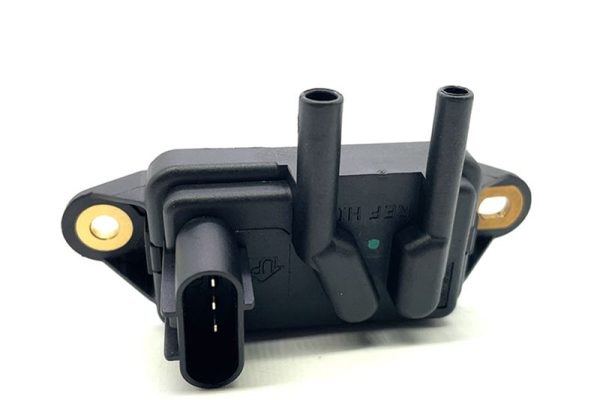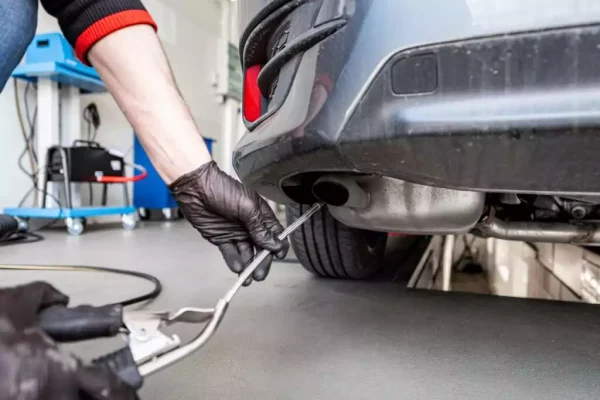Introduction
The boost solenoid valve plays a critical role in controlling the turbocharger system. It regulates boost pressure, ensuring optimal engine performance and preventing damage from over-boosting. For B2B buyers in the automotive parts industry, understanding how to check a boost solenoid valve is essential for maintaining product reliability, supporting customers, and ensuring long-term engine efficiency.
This guide explains the inspection process for a boost solenoid valve, including the common signs of malfunction, key testing methods, and best practices for replacement or maintenance.
1. Understanding the Function of a Boost Solenoid Valve
A boost solenoid valve, sometimes referred to as a turbo boost control valve, acts as a pressure regulator between the turbocharger and wastegate actuator. In some systems, the same component is also known as a Turbocharger Solenoid Valve, emphasizing its role in coordinating airflow between the turbocharger and engine control unit for optimal boost regulation.
It modulates airflow and pressure according to signals from the engine control unit (ECU), balancing performance and fuel efficiency. In B2B supply chains, consistent quality in boost solenoid valves directly impacts engine performance stability. Therefore, periodic inspection or quality control testing is a necessary step before delivery or installation.
2. Why Checking the Boost Solenoid Valve Matters
A malfunctioning boost solenoid valve can cause significant performance issues in turbocharged engines. It may result in:
- Irregular boost pressure or reduced turbo efficiency
- Engine warning lights or diagnostic trouble codes
- Poor acceleration or fluctuating power output
For automotive distributors and workshop operators, early detection of a faulty valve minimizes downtime and protects the reputation of supplied components. Regular inspection not only enhances customer satisfaction but also strengthens trust in long-term supply partnerships.
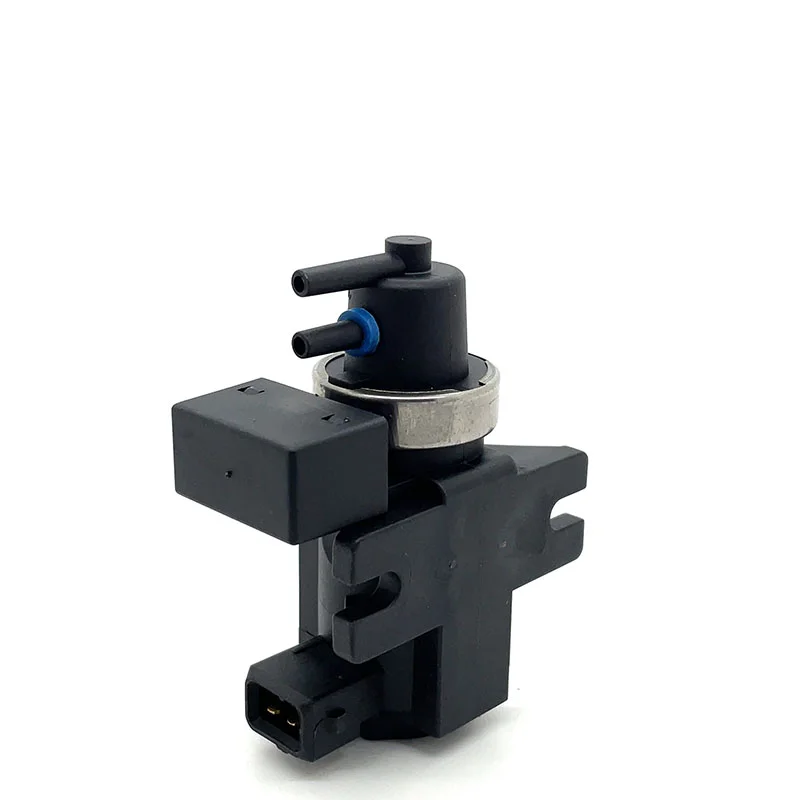
3. Signs of a Faulty Boost Solenoid Valve
Before testing, a visual and functional assessment can identify initial signs of failure. Common indicators include:
- Visible corrosion or damaged connectors
- Unstable boost pressure during operation
- Unusual noises from the valve area
- Inconsistent vacuum or pressure response
Identifying these symptoms helps narrow down potential issues in the turbo system, ensuring faster troubleshooting and more accurate component validation.
4. Step-by-Step Method to Check a Boost Solenoid Valve
The inspection process for a boost solenoid valve can be divided into three major steps: visual check, function test, and signal verification.
Step 1: Visual Inspection
Examine the solenoid valve for physical damage, cracks, or oil contamination. Check electrical terminals and vacuum hoses for wear, corrosion, or improper connections. Any visible defect may lead to unstable operation or signal interference.
Step 2: Functional Check
Disconnect the valve from the turbo system and observe airflow behavior. In a normal state, the valve should open and close smoothly according to the signal input.
Any delay or blockage in the valve movement indicates internal contamination or mechanical wear.
Step 3: Electrical Signal Verification
Testing the valve’s electrical response ensures proper communication with the ECU. Measure whether the solenoid activates when powered by a standard signal. A lack of response often signifies internal coil failure or disconnection. During B2B inspections, this process can be standardized across quality control procedures to maintain consistent product performance.

5. Maintenance and Handling Recommendations
Proper maintenance extends the service life of boost solenoid valves and ensures reliable engine performance. Recommended practices include:
- Keeping the valve and its connections clean and dry
- Avoiding over-tightening or mechanical stress during installation
- Replacing vacuum lines periodically to prevent leaks
- Conducting regular quality inspections before shipment
In supply chain operations, establishing inspection protocols helps reduce return rates and ensures customers receive stable, tested components.
6. Importance of Professional Testing and Quality Control
For distributors and OEM partners, verifying boost solenoid valve functionality before shipment demonstrates a commitment to quality assurance. Many B2B enterprises implement incoming and outgoing product inspections as part of ISO or internal quality management systems.
Accurate inspection methods reduce failure rates, improve client satisfaction, and support the long-term reliability of the turbocharging system. A consistent focus on product integrity ultimately strengthens partnerships across global automotive markets.
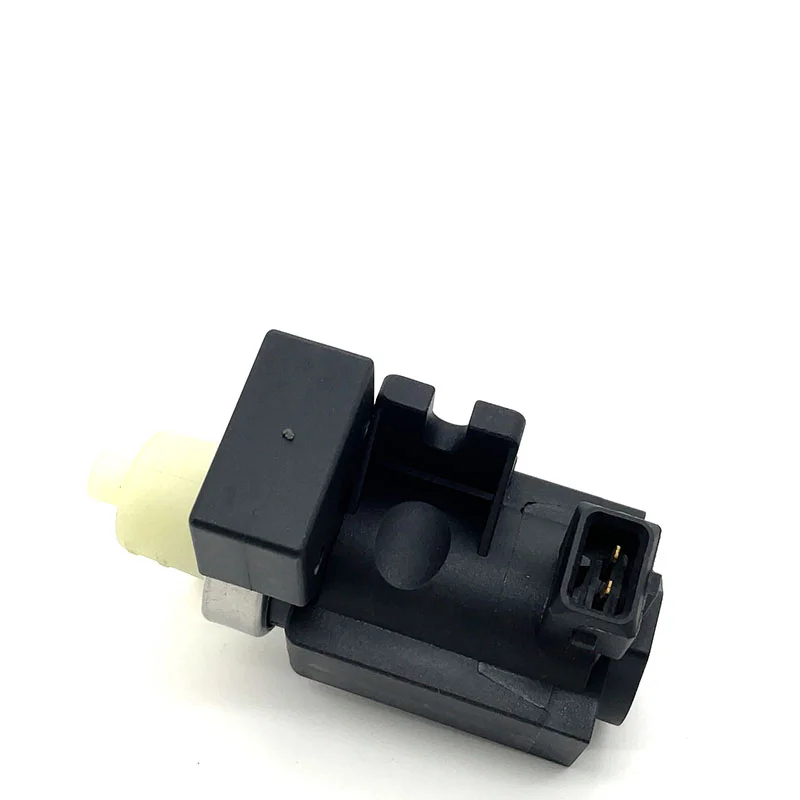
7. Choosing Reliable Boost Solenoid Valves for Your Business
In the competitive auto parts industry, sourcing reliable boost solenoid valves is critical to maintaining an efficient supply chain. When evaluating component options, many buyers also look for specific applications such as the Boost Solenoid Valve For BMW, which requires precise fit and stable turbo pressure control.
This highlights the importance of working with suppliers who understand compatibility across different vehicle systems. A trustworthy supplier should provide:
- Diverse product coverage for both engine and fuel systems
- Fast shipment for in-stock components
- Flexible order quantities to meet diverse customer needs
- After-sales support and technical consultation
Zhenhua integrates design, production, trade, and after-sales service within the automotive parts industry. With extensive experience and product diversity, it can meet varied client requirements, including components for both older and newer vehicles.
For more than ten years, the company has maintained an inventory system allowing most engine and fuel system parts to be shipped within one day, ensuring faster supply chain turnover and customer responsiveness.
8. Conclusion
Checking the boost solenoid valve is an essential procedure in ensuring consistent turbo performance and reliable engine operation. For B2B buyers and automotive distributors, adopting a systematic inspection process enhances product quality, reduces failure risks, and reinforces trust with downstream clients.
By understanding how to evaluate and maintain boost solenoid valves, businesses can ensure long-term operational stability across automotive supply chains — delivering durable, efficient, and performance-driven components to global markets.



